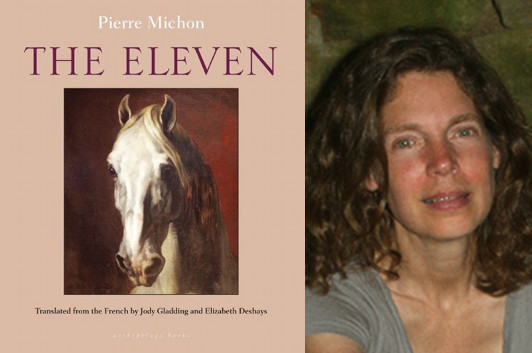Tom Folsom’s Odyssey in Hopperland

photo via TomFolsom.com
Hopper: A Journey into the American Dream is a new biography of actor/director Dennis Hopper by Tom Folsom, who I’d previously known for The Mad Ones, a book about New York organized crime figure Joe Gallo. So that’s an interesting mix for a young author, right there… As the author of a 1970s Hollywood retrospective, I’m going to be very interested in learning what Tom was able to uncover about The Last Movie, which notoriously derailed Hopper’s directing career for nearly a decade—but which has since been re-assessed by many as an artistic triumph, although it’s hard for the rest of us to judge since it’s still not available on DVD. Maybe this book can light a fire under that process…
It’s a dangerous headspace to be in, Dennis Hopper’s, where I’ve been for the past three years, writing my unconventional biography on the legend, icon, actor, director, and Hollywood outlaw. Now that I’m back from the front lines of HopperLand (and thankful I didn’t have to check into rehab), I’ve got a road-weary traveler’s bent to discuss my travails through his world. Perhaps I should nail up a sign: Abandon all hope, ye who enter here.
Unfortunately, I never got to met the man as planned because Hopper passed away in May 2010, just months after I began the book—but my first steps into his story made it clear we’re talking about someone who, as his buddy Kris Kristofferson put it in his song about Dennis, was: “a walkin’ contradiction, partly truth, partly fiction.”
This motto would make a traditional biographer scream. (Or perhaps sit in the middle of a ring of dynamite and light the fuse, as Hopper did as a stunt in the 1980s.) Luckily, I never intended to spend three years churning out cotton candy for the mill, or write a typical Hollywood biography. I set out to capture the distinct literary quality of someone who lived his life like a modern day Don Quixote, always pushing the edges of his outer envelope, in search of his peculiar American Dream.
5 March 2013 | guest authors |
Jody Gladding & Elizabeth Deshays: Two Translators Take On The Eleven

photo via Jody Gladding
Pierre Michon’s The Eleven is the story of a French painter who never existed: Corentin, “the Tiepolo of the Terror,” so called because of his most famous work, a group portrait of the 11 members of the French Revolution’s Committee of Public Safety. This short novel is essentially a monologue in which the narrator, addressing a gentleman viewing this painting in the Louvre, delivers a fairly opinionated account of Corentin’s life and work. The Eleven is co-translated by Jody Gladding (pictured above) and Elizabeth Deshays, and so one of my first questions for them was what drew them to translate an author like Michon as a team, let alone as an individual project…
Elizabeth: How did we come to Michon? Well, I suppose that it would be more accurate to say that he came to us. Jody, you had been commissioned to translate Vies Minuscules after the original translator abdicated. You had started to look at the text and asked me for help, hoping that my many years in France would enable me to throw some light onto the first of these Small Lives. I can still remember the passage, and my bewilderment, the feeling of not knowing how to begin. Of course, we recognised and understood the words, the sentences, but from there to what he was trying to say… And who was this writer anyway? (To my shame, I had not then read any of his works). My instinctive reaction was one of rejection.
Yesterday, I reread that passage. I was astonished. What had seemed so inaccessible at that first reading? The text was immediately clear to me, I knew what every image, every metaphor was referring to.
The explanation, of course, is that, three Michon translations on, we now know the man. For Michon, though he in no conventional way could be described as writing autobiography, nevertheless always writes about himself; the obsessions, traumatisms and aspirations which make him what he is are always, at the deepest level, the real matter of his work, though it may, more superficially, take on the guise of something resembling biography (Rimbaud le Fils), legend (Contes d’Hiver) or historical novel (Les Onze).
4 March 2013 | in translation |

 Our Endless and Proper Work is my new book with Belt Publishing about starting (and sticking to) a productive writing practice.
Our Endless and Proper Work is my new book with Belt Publishing about starting (and sticking to) a productive writing practice. 
